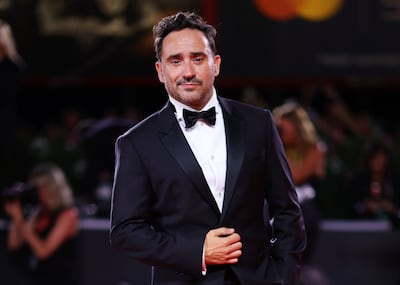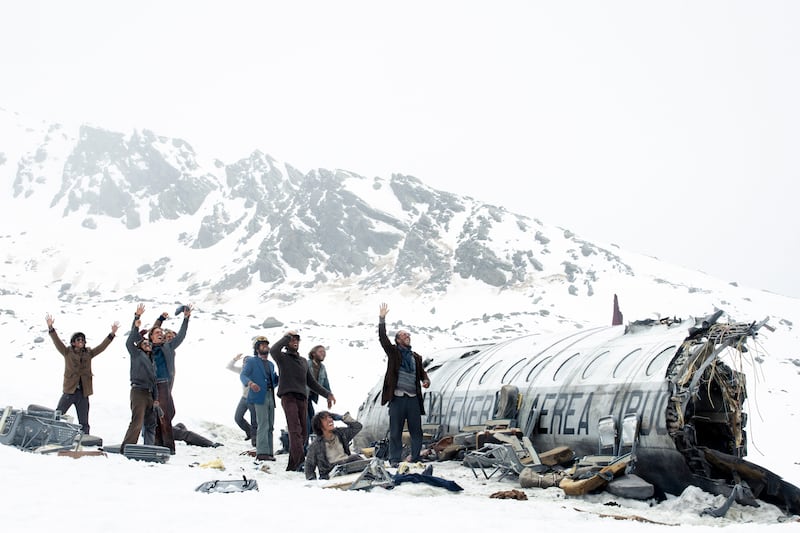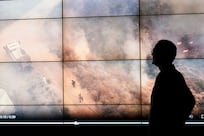Following his success with Jurassic World: Fallen Kingdom, Spain’s J A Bayona's latest film depicts the tragic, surreal events that unfolded after the 1972 crash of the Uruguayan Air Force Flight 571 in the Andes.
The plane had been chartered to fly a rugby team to Chile and only 29 of its 45 passengers survived the accident. Trapped in one of the most hostile and inaccessible environments on Earth, they had to resort to extreme solutions to stay alive.
Based on Pablo Vierci’s 2008 novel of the same name – which was previously adapted into several documentaries and Frank Marshall’s 1993 Ethan Hawke-led fiction feature Alive – Bayona’s picture, titled Society of the Snow, was the closing title of this year’s Venice Film Festival.
During the press conference held at the Lido, Bayona explained how he was deeply moved by the story after reading the book and finding out he only knew “the tip of the iceberg” of those tragic events. In 2011, his creative team purchased the rights to work on a film adaptation.
“I started talking to Pablo [Vierci] and the survivors and, while reading the book, I had the impression they needed to tell the story. It took us a lot of time, and it wasn’t an easy production to work on,” Bayona says, alluding to both creative and technical hurdles that had to be overcome, including the harsh natural environment required as the film’s main setting.

Bayona reveals that most of the movie was shot in Sierra Nevada, Spain, and filming took about 140 days. Before entering production, the Spanish director spent one week in the Valley of Tears, to immerse himself in the real environment where the story unfolded.
“It’s a long journey to get there. You need to get used to the altitude and while being up there you realise how difficult it must have been, since life is not possible in such a place. Then you also realise how much effort these people put to recreate life.”
Speaking about the use of space, Bayona underscores that, while reading the novel, he realised it was impossible to fully understand the story – especially the experience of the victims’ feelings of solitude, hunger and cold – “without placing into the context of the geography of the place”.
“We tried to create a feeling of claustrophobia in open spaces. In a reduced space, you get this kind of intimacy, whereas the [view of the] mountains destroy it.”
The cast features Matias Recalt (starring as Roberto Canessa), Agustin Pardella (Nando Parrado), Tomas Wolf (Gustavo Zerbino) and Diego Vegezzi (Marcelo Perez).
Bayona admits that picking all the actors was “a rather complex task”. The casting sessions took place during the Covid-19 pandemic. The Spanish production began scouting actors in Uruguay but, owing to the small size of the local film industry, they widened the research by auditioning Argentine actors as well.
The team set up many casting sessions over Zoom, and auditioned more than 1,000 actors. “We were looking for physical resemblance, [even though it was] not a priority but it was still useful for us to get closer to the characters. We were also looking for people with a demeanour similar to that of the real survivors.”
The actors spent a week in quarantine, and then rehearsed for a month in Barcelona. This time together strengthened their bonds forming a very united group, thus recreating “a real society of the snow”.
Bayona does not hide how technically challenging it was to shoot in very small spaces and admits that they consulted with survivors whenever they had doubts about the veracity of what they were portraying. The heavy technical challenges made the team and director of photography Pedro Luque work “the way they could,” and “not the way they wanted”.
The feature was shot following the real chronological order. “We had never shot with so many actors – all of them present everyday and [crammed] in a very small environment and facing such harsh conditions, with all of them fully focused on doing their job,” says Bayona.






